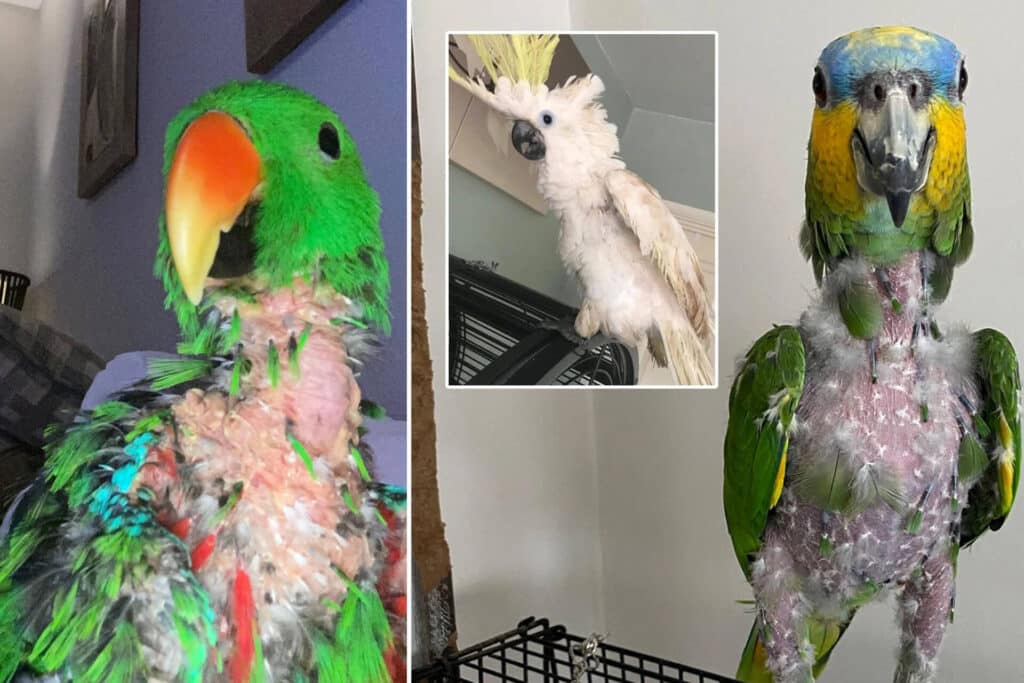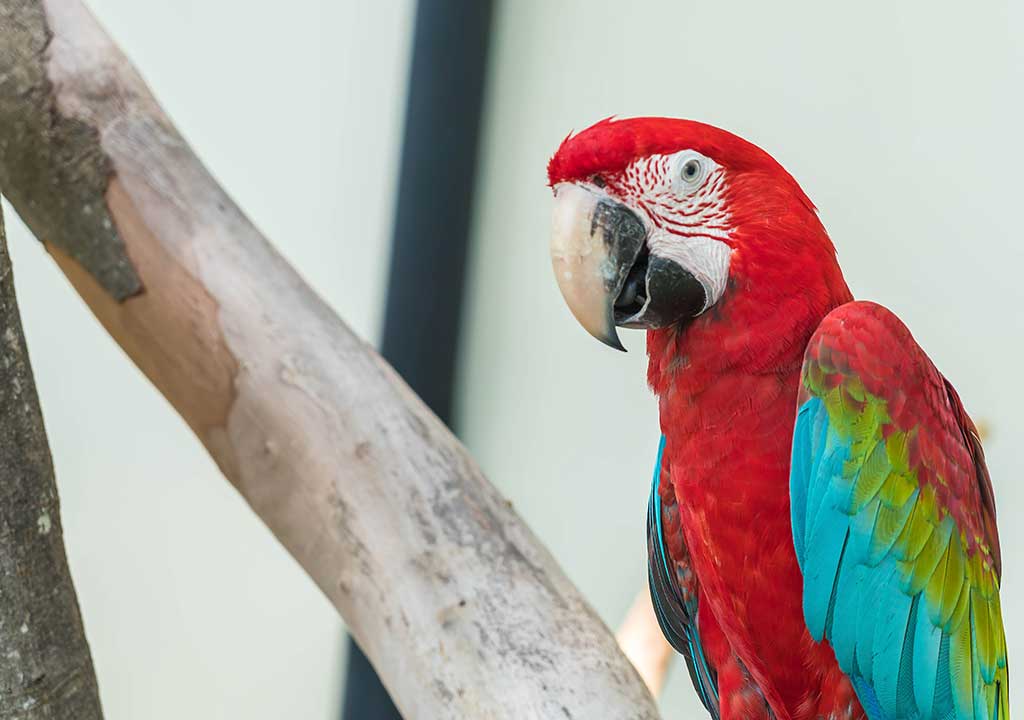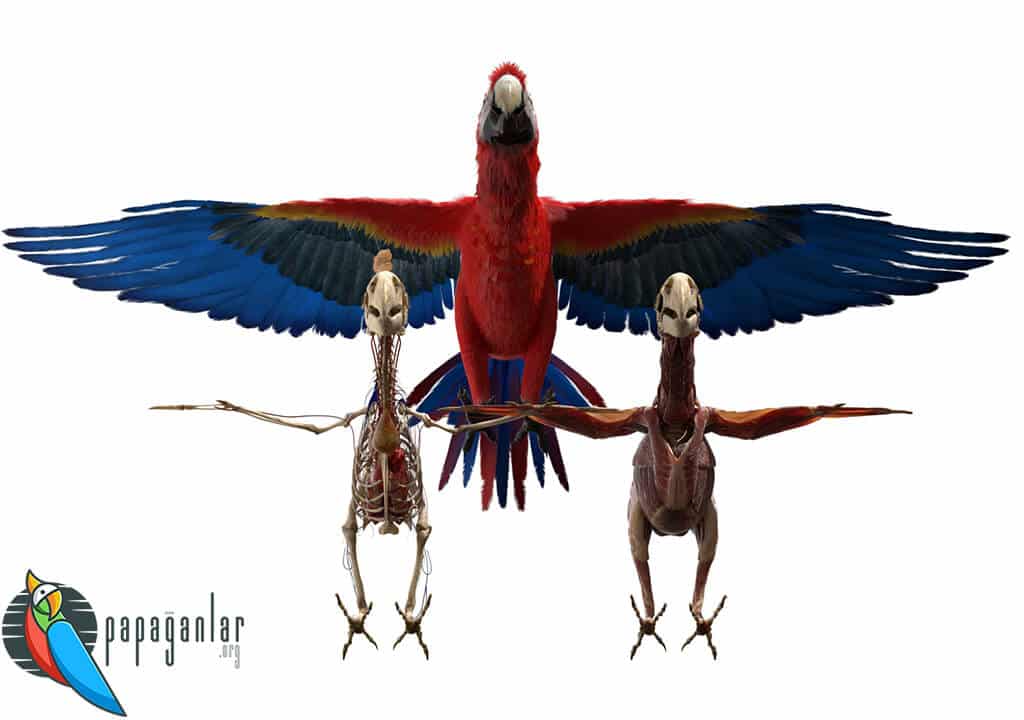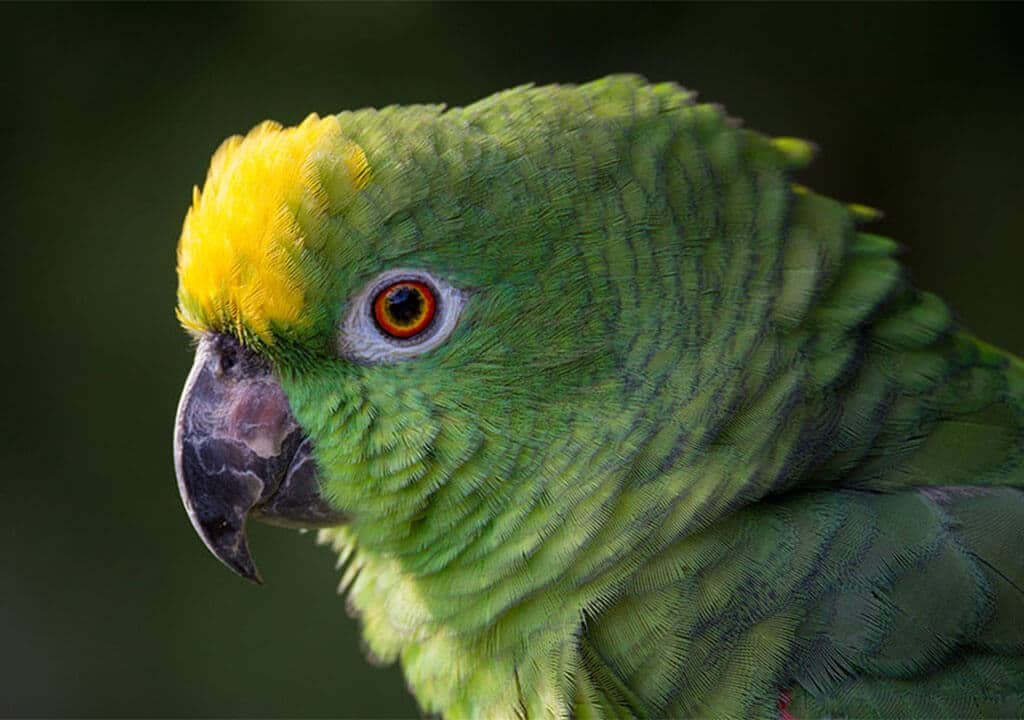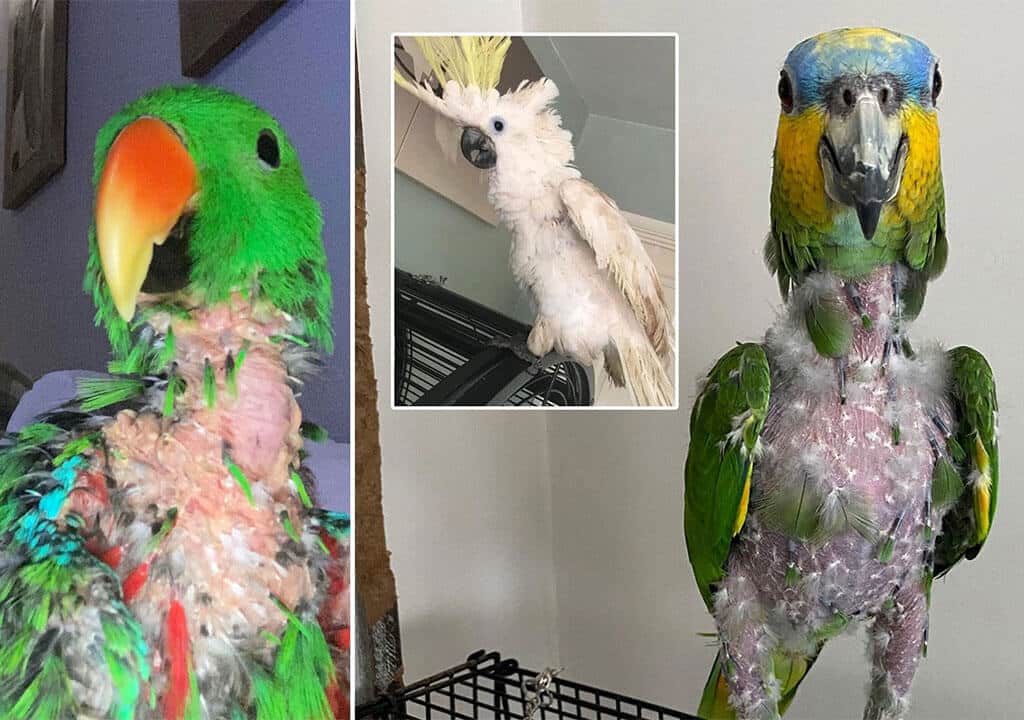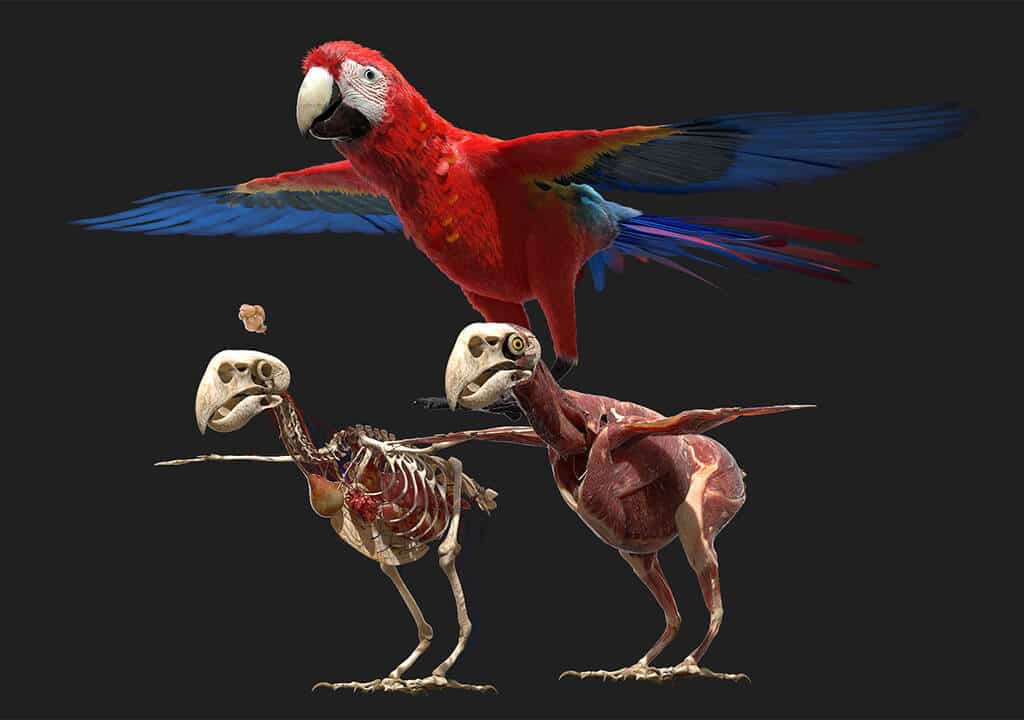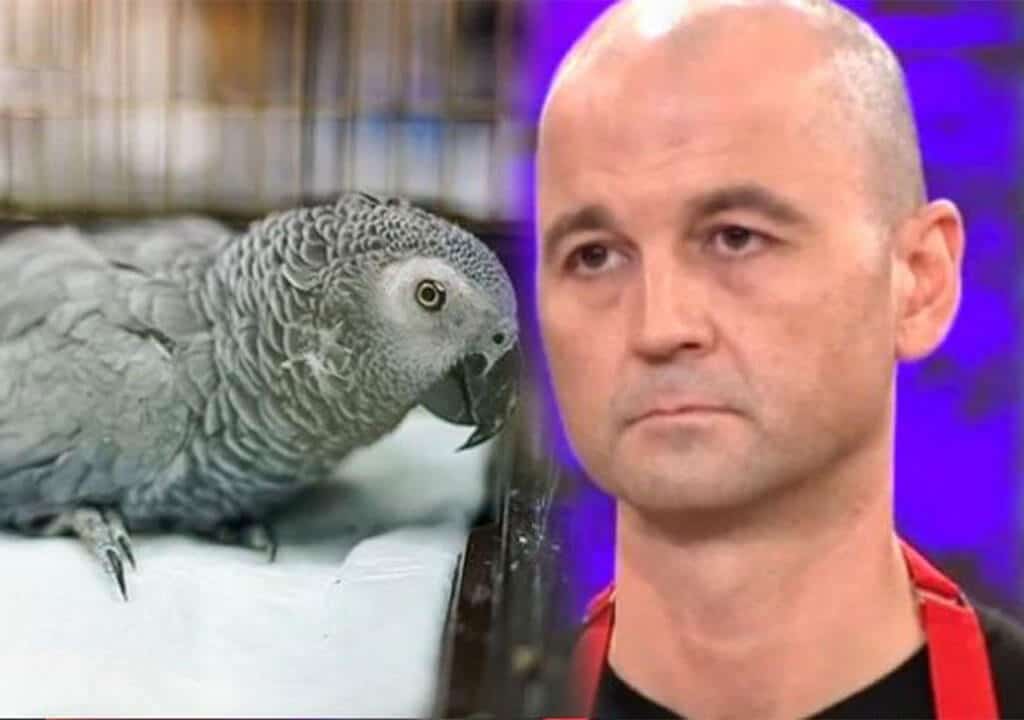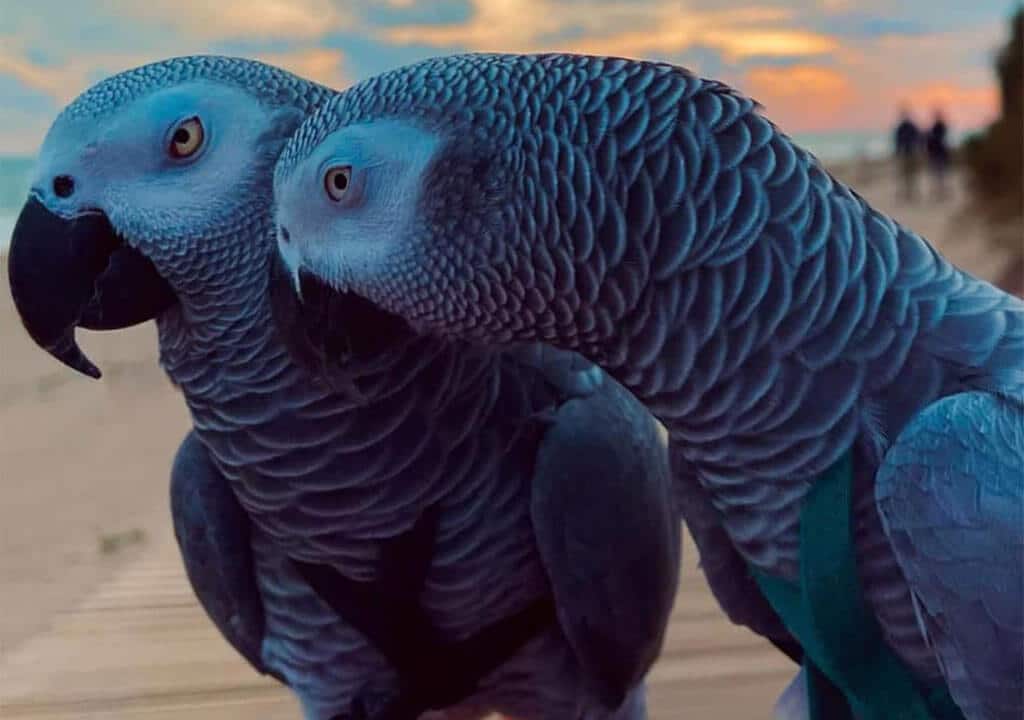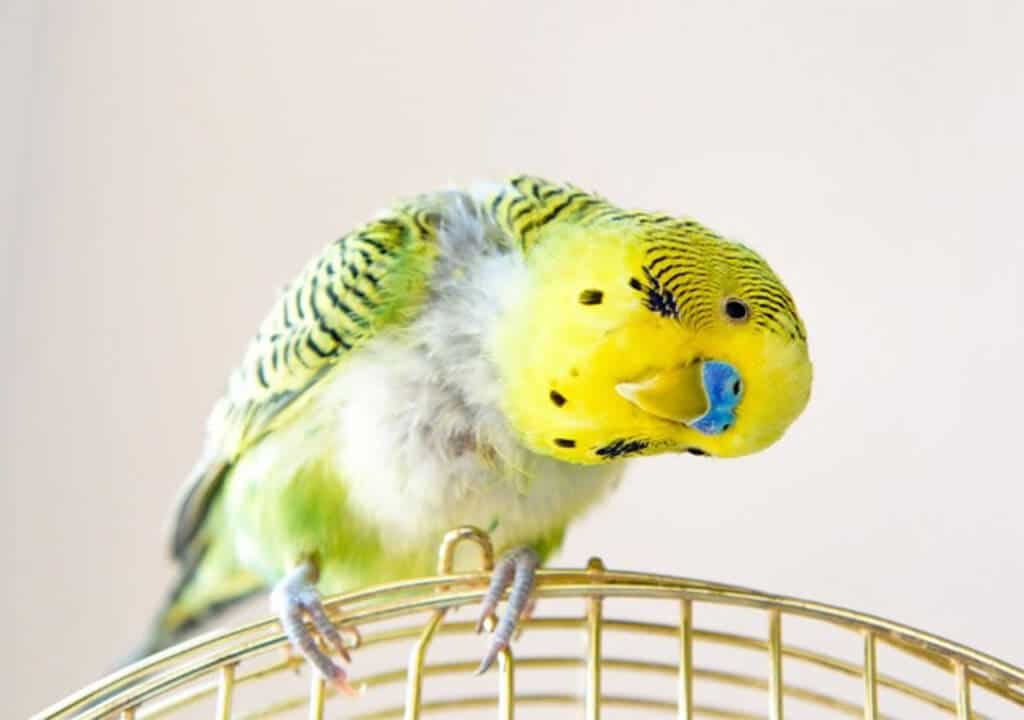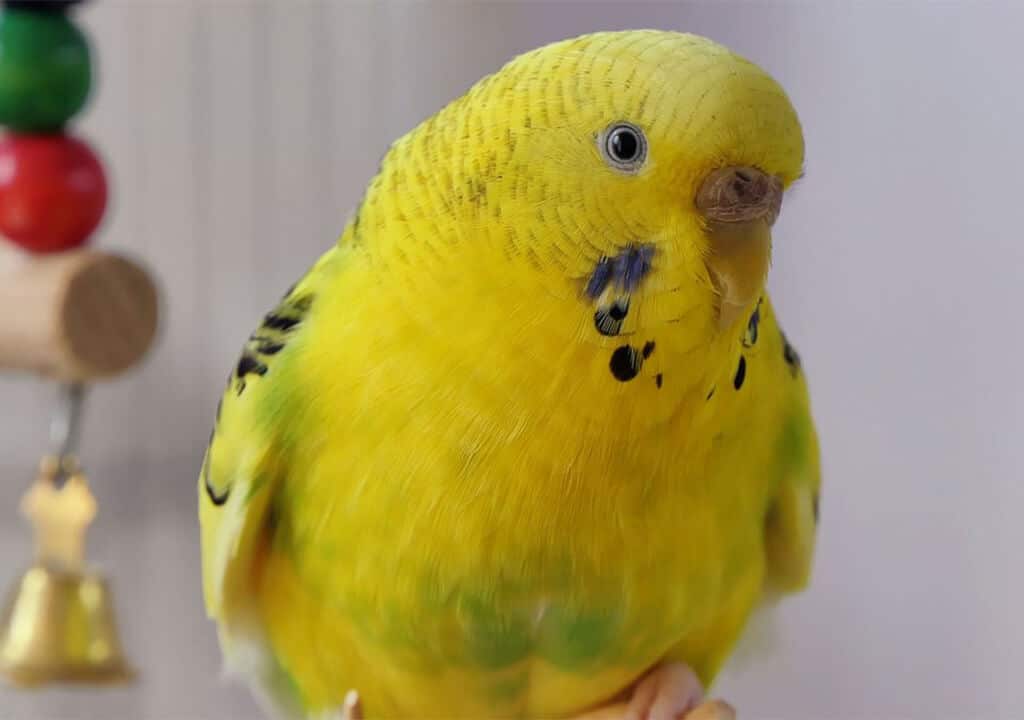Blog
Parrot Reproductive System Diseases
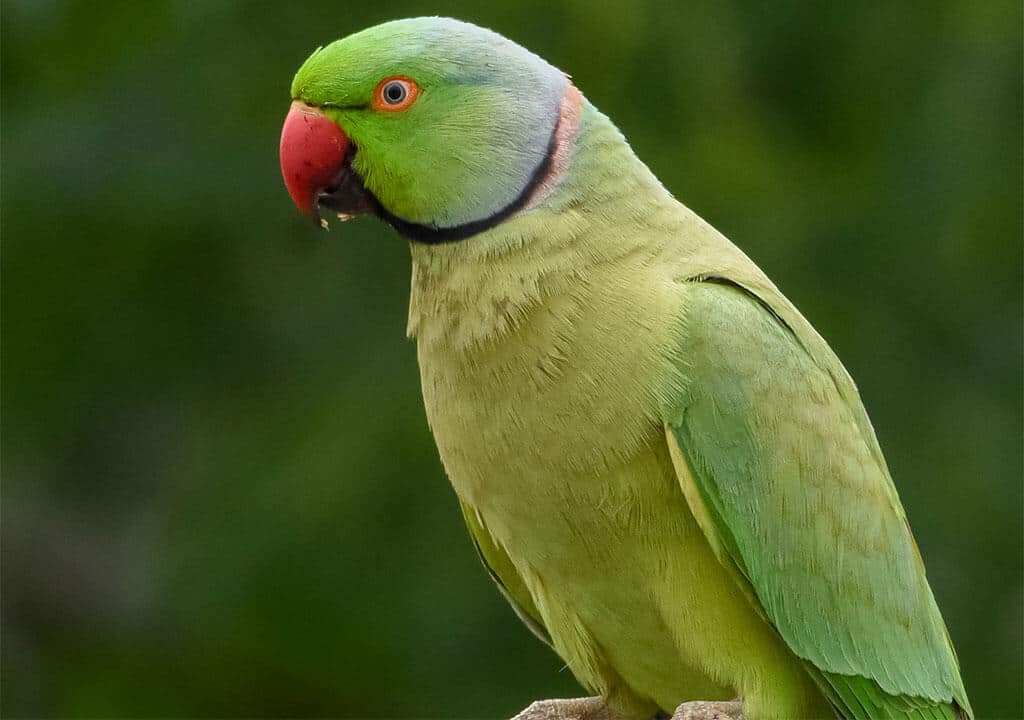
Cloaca Prolapse in Parrot
Parrots of all breeds can also be seen. There is a pink colored tissue coming out of the rectum. The dangling tissue should be gently pushed in with clean hands and wearing gloves. In order for the entrance to be comfortable, the cloaca is rubbed with an oily cream with the help of a finger. In general, cloaca drooping recurs due to enlargement. In such cases, stitches are required by the veterinarian.

Cloaca Tumors in Parrots
These are usually benign tumors called polyps. It is more common in Amazon parrot, gray parrot and arachnid parrot breeds. Polyps that develop due to infection are contagious to other birds. Complications such as bleeding, constipation, prolapse, and inhibition of mating are seen. Cause-oriented treatment is given.
Parrot Egg Clogging
It is common in cockatiels, lovebirdsand budgies. It is rarer in gray parrots. It is caused by a deficiency of vitamins A and E, as well as calcium and selenium. It can also occur in the ovaries at a young age or later in life. Other causes are excessive ovulation, misshapen ovulation, excessive weight gain due to lubrication, all kinds of diseases and infections of the ovaries. It gives clinical symptoms such as general condition disorder, loss of appetite, swelling in the abdomen, temporary paralysis due to long-term pressure in the legs, and inability to stand on the roost, tail upturned, wing drop, wide pressing on the ground. In the x-ray, the egg is clearly seen in hatching. It also benefits from blood tests in diagnosis. In treatment, the parrot is taken to a quiet environment. Vitamin and mineral deficiencies are eliminated. Circulatory balance is ensured by administering fluid through the vein or under the skin. An oily ointment is massaged to relax the cloaca. Room temperature is set. By wrapping the parrot in a warm towel, the egg is released by itself with the help of heat increase. If necessary, it is assisted by applying pressure by hand. It should be very slow and gentle. If it is broken inside, the egg contents leak into the abdomen with the rupture of the canal and intra-abdominal infection develops. If 24 hours have passed since the occlusion and the general condition has started to deteriorate, the operation is performed under anesthesia, and the inside is emptied by entering the cloaca or from the outside through the skin with a needle. By pressing from the side, the shell is broken and the shells are removed from the bottom. Supportive therapy is started.
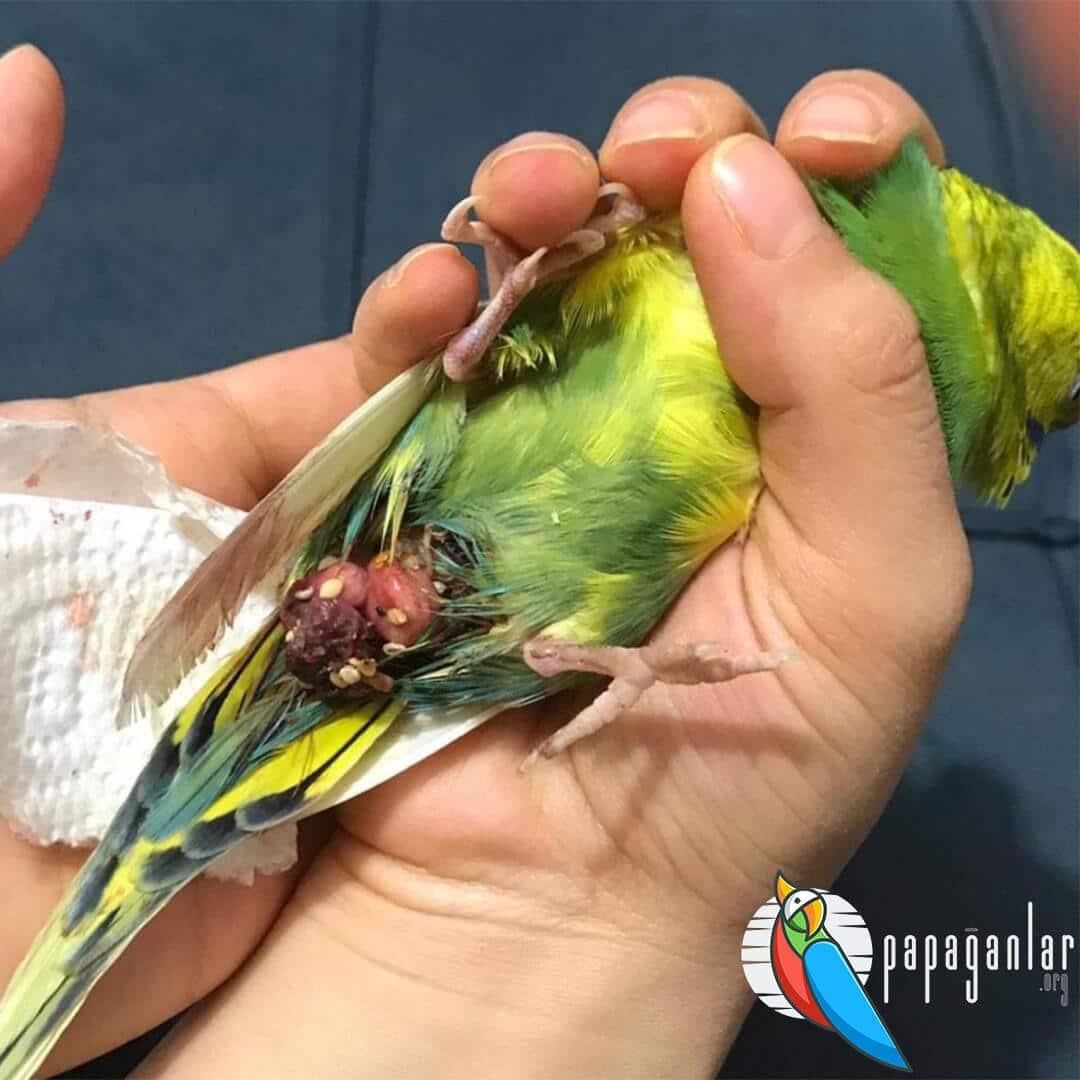
Egg Disfigurement in Parrot
Congenital abnormalities of the reproductive system, constriction due to infection, environmental factors and malnutrition are the most common causes. The softness of the egg shell is due to the deficiencies of calcium, vitamin A and D, and some other elements. It is also seen in ovarian and canal pathologies. Eggs with thick or irregular shells are seen in uterine infection or other diseases.
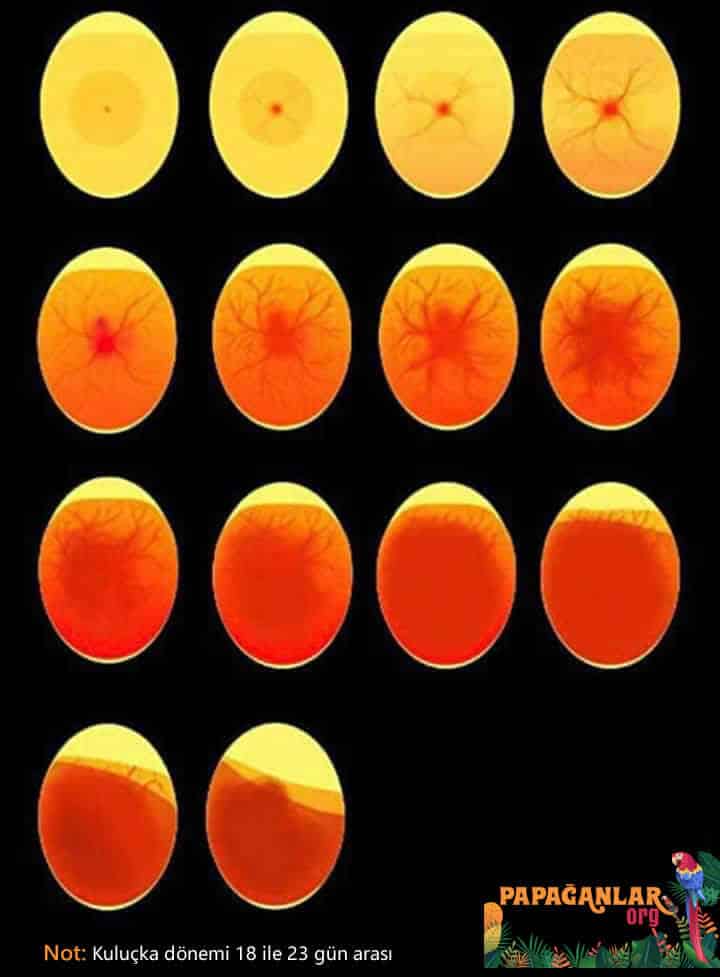
Parrot Intra-Abdominal Infection
It is mostly seen in ara, cockatiel, lovebirds and budgerigars. Normally, the egg released from the ovaries falls into the infundibulum and continues in the tube. If for some reason it cannot reach the infundibulum, it falls into the abdomen and infection occurs. This abnormally located egg is called an “ectopic egg”. Affected parrots experience loss of appetite, weight loss, fatigue, and shortness of breath.
The body perceives the unusual egg as a foreign body and reacts. There is enlargement due to fluid accumulation in the abdomen. It is immediately taken to a warm environment and the fluid balance is adjusted. Appropriate nutrition and antibiotic therapy are started. The fluid in the abdomen is expected to disappear spontaneously. If it does not disappear or if it recurs, surgical intervention may be required.
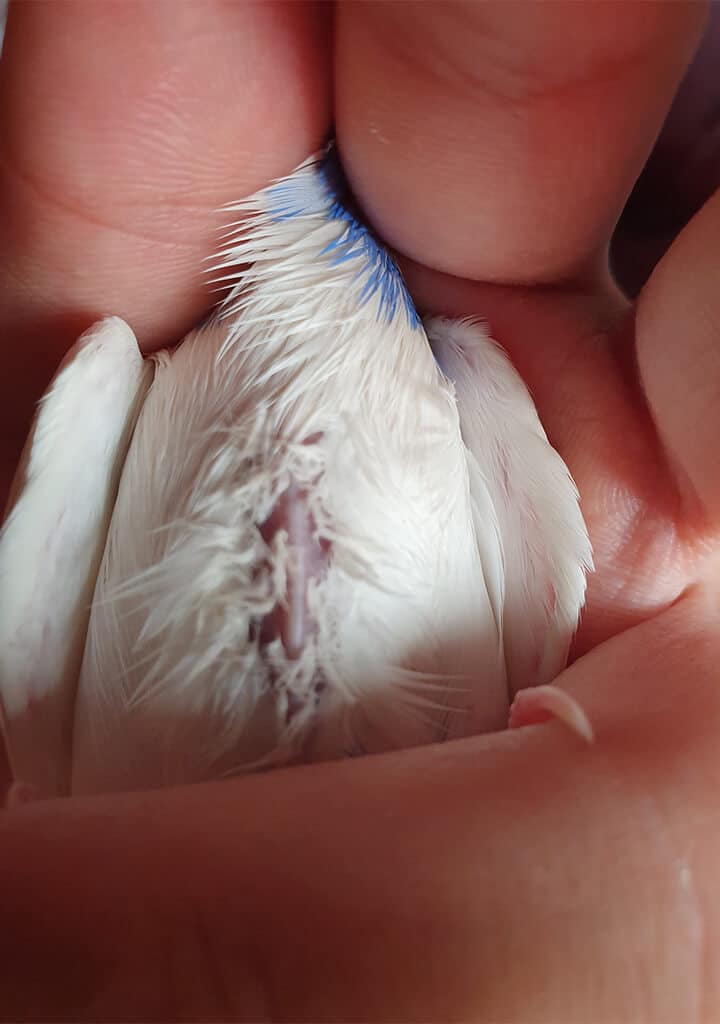
Parrot’s Continuous Eggs
It is common in cockatiels, lovebirds and budgies. It is also seen in gray parrots. Malnutrition and calcium deficiency are the most common causes. In the treatment, the eggs are not removed from the cage, the bird is left alone. All toys are taken out of the cage. Daily sun exposure is limited to 8 hours. The cage is taken to a different position. The diet is supplemented with vitamins and minerals. Hormone therapy is started by the veterinarian. 2 plaster eggs are made in the same size and shape as the egg and left in the cage. The parrot, unable to heat the gypsum eggs, ceases to incubate and lay eggs again. If you get the first egg, it will instinctively continue to lay. If the bird is not wanted to lay eggs again, the reproductive organs can be removed by surgical intervention.




